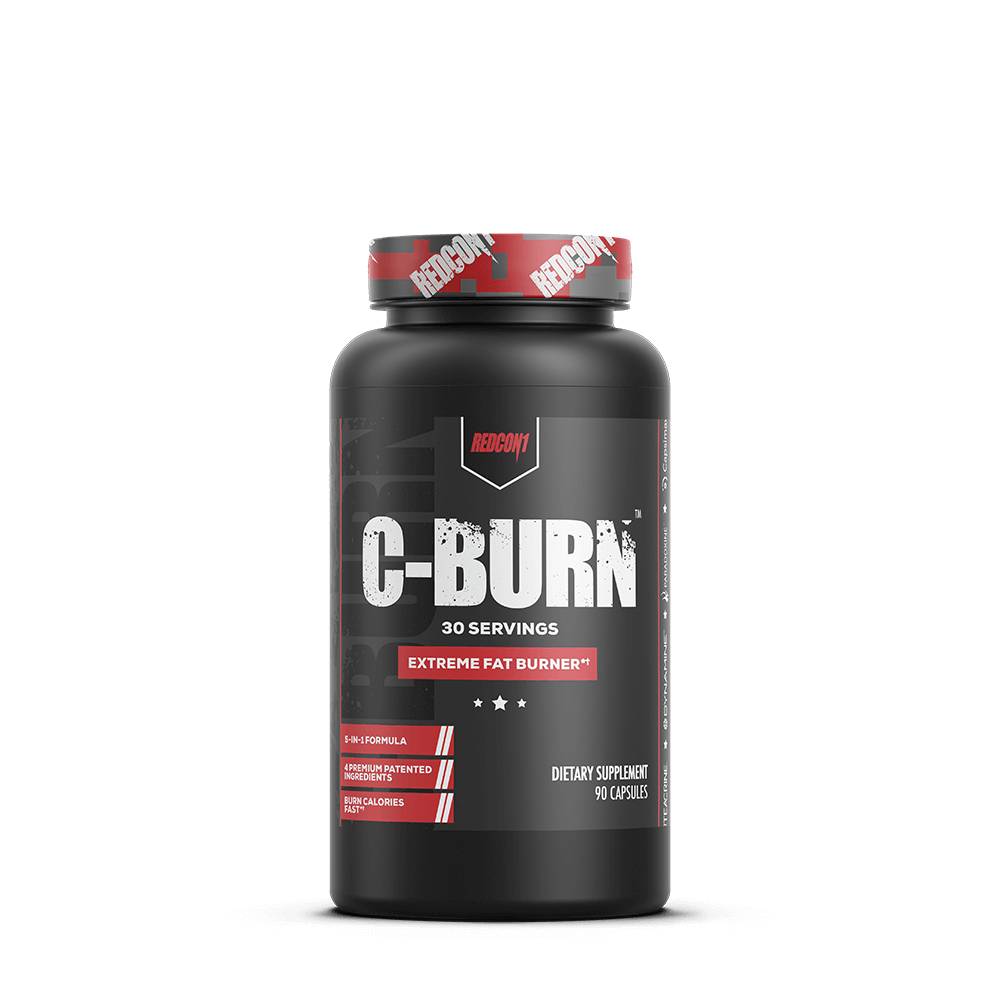The overtraining syndrome is somewhat undermined in today’s fast-paced lifestyle. Also, not many people are aware that they train beyond the body system ability to recover. One of the reasons for this is that many athletes believe more training will ultimately result in more gains. That is why you may see many young bodybuilders hitting the gym almost every day. However, the reality is that this overtraining syndrome can implicate some negative effects on the body. That is why it is imperative to take a certain step to prevent possible overtraining syndrome.
1. Recovery
The first notable step to tackle this issue is to pay close attention to the recovery. On that note, it is important to emphasize that you build muscles when you are resting. Not when you are training. Therefore, it is important to distinguish between these two elements. Simply said, if you do not rest enough, you will not be able to build muscle mass. That is why it is imperative to have enough recovery for your muscle cells to grow. According to a research study, the muscle recovery after resistance exercise is just as critical as the exercise program itself.
Additionally, it is key to have enough sleep. Without good sleep, it is very hard for the muscle molecules to repair at the prime level. In other words, the lack of sleep and recovery will prevent your body to be efficient for the next training session.
Therefore, it is recommended to have at least 8 hours of sleep per day. Also, a good afternoon nap can optimize the recovery process after a workout. I know, easier said than done. If you need a little help with falling asleep and staying asleep, be sure to check out Redcon1 Fade Out for a great night rest, and recovery properties to help maximize gains.
2. Post-Workout Stretch
A good idea to prevent the overtraining syndrome is to adopt a post-workout stretch. After performing an exercise, it is imperative to take some time to stretch and relax your body. Moreover, it is recommended to focus on activities that are based on a wide range of motion. For example, many European soccer clubs have training sessions with the athletes stretching at the end of the training. Also, many personal trainers
recommend static stretching after exercising. This is especially benefits for the leg muscles. The result is more relaxed and stresses free muscle which in turn can decrease the potential for the overtraining syndrome.
3. Adaptation
Another tip to avoid the overtraining syndrome is to have a proper adaptation. High intensity training can have a galvanizing effect on the process of building muscle. However, it is important to have to adapt this rule to the current condition. Or simply said, you should avoid training with high intensity all year round. Therefore, an effective and gradual training upgrade is the recommended plan. In other words, adapt your training during the year to include certain rest phases. Also, a good adaptation should include a high-intensity interval work and low-intensity endurance work. In this regard, it is important to listen to your body. For example, when you feel overwhelmed and tired, it is a good option to take the day off the gym. Or to exercise with lower intensity. That way you can avoid the overtraining.
4. Supplements
As we have stated before, it is important to take some dietary supplements to protect your body. It is also good to take some of these formulas to help prevent injury or to heal from one. For example, take supplements that contain glucosamine and chondroitin. These two elements combined with certain herbs can optimize the recovery process and can decrease the potential for inflammation.
Also, dietary supplements that contain immunoglobulins, anti-microbial peptides can also be beneficial. Furthermore, these supplements can boost the immune system, assist with intestinal issues. Additional, it can help the body to recover faster and can successfully tackle the overtraining syndrome.
A good option is to take BCAA as it can reduce fatigue after exercise. Additionally, it can speed up the recovery process. And of these elements combined can result in significant muscle mass gains.
Redcon1 has an entire line of recovery supplements like Breach B.C.A.A., Fox Trot Joint Support, Tango Creatine, and daily vitamins with MedKit.
5. Adopt a Healthy Diet Plan
The final and probably the most important element is to eat healthily. A plan that is based on the essential nutrients will enable you to maximize your strength levels. Therefore, your body will be more resistant. And this, in turn, can decrease the potential for overtraining syndrome occurrence. Maintaining a diet with adequate healthy fats is the catalyst that supports the hormone process in the body. Therefore, try to focus on high protein intake and avoid processed foods. Eating healthy can also improve your endurance. Also, a high endurance level is one of the main prerequisites for being resistant to overtraining.
Combined with that it is a good option to eat more vegetables and fruits. This will optimize your body to burn fat and to be more fatigue resistant. Therefore, you can decrease the potential drop in energy.
The Bottom Line
The overtraining syndrome is something that can create numerous problems. It can be a hidden factor that can prevent the growth of muscle mass. And while many people are not aware, the negative potential can go far beyond tiredness. Moreover, the potential for injury occurrence because of overtraining is real. That is why we recommend adopting these tips. By following this strategy, you can ensure the wellbeing of your body, while reaching new heights in bodybuilding.
Chris Hazen | @thechrishazen | thechrishazen@gmail.com

